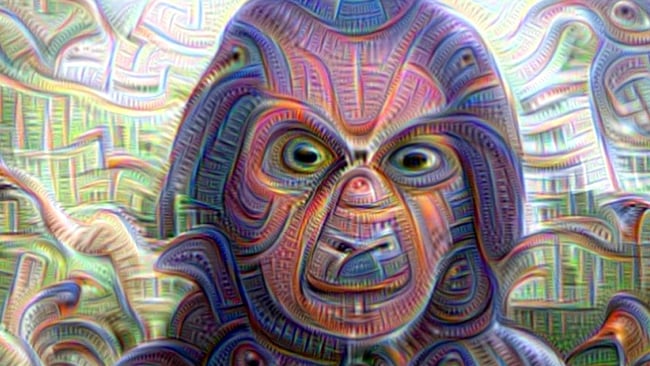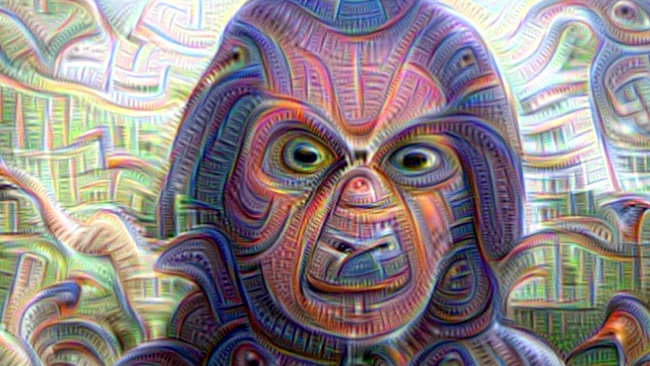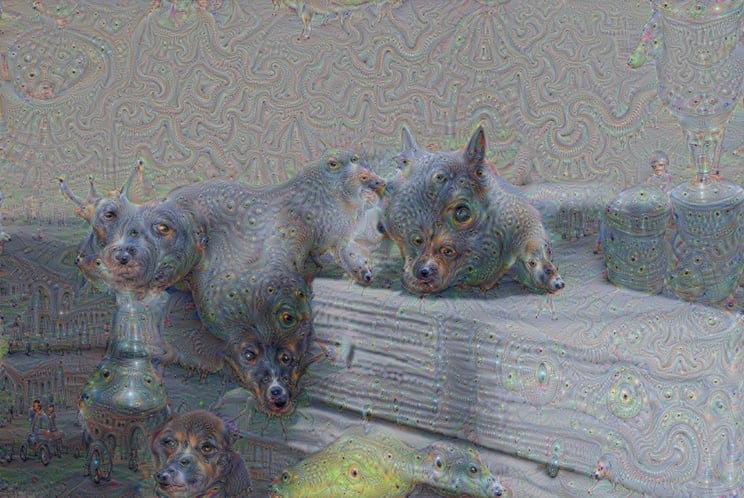
(Replay) This is odd. Very odd. But there's a simple - well, quite complicated, actually - explanation.
 How a neural net sees the real world.
How a neural net sees the real world.
With apologies for a headline that sounds decidedly like clickbait, we really couldn't think of a more appropriate way to introduce this video. Because it is, 100%, weird.
If it looks a bit "trippy" there's a very good reason: it was made by an artificial neural network - probably the closest thing we have to the way a brain actually learns things.
Neural networks learn in layers. The lower layers look for edges and other primitive components of an image. As the image works it's way up through the hierarchy, the elements are put together into objects with ever increasing complexity and structure.
So at level two or three, a collection of circles and edges might become an eye. A couple of layers up from that, you might get a face. Or anything! The thing about this video is that the networks have been left to guess what they are seeing, and then make more guesses based on what they've already guessed.
This technique might lead to inaccurate and fantastical images, because it's reinforcing the mistakes, but in the long run, it should lead to better and better image recognition, because it allows us to see how the networks are "thinking".
A striking example of this is when a network was asked to show what it understood by a dumbbell. It dutifully drew a composite image of some dumbbells, but each one had a muscular human arm attached to it! In this case, the network had failed to accurately distil the "essence" of the concept of a dumbbell, probably because it had only ever been shown dumbbells being lifted by muscular arms.

From the Google Research Blog
You can imagine the sort of errors that might happen where the muddled "thinking" has less clear assumptions behind it than this one.
It gets even weirder than this. A week or so ago, the internet was abuzz with this image, and it's not surprising, because it looks really freaky.

Thank you to rebrn.com for this image
Have a look at this article, which explains the whole process very nicely.
I can't help feeling that we can learn an awful lot about how we perceive things by looking at these pictures and videos.
Tags: Technology


Comments